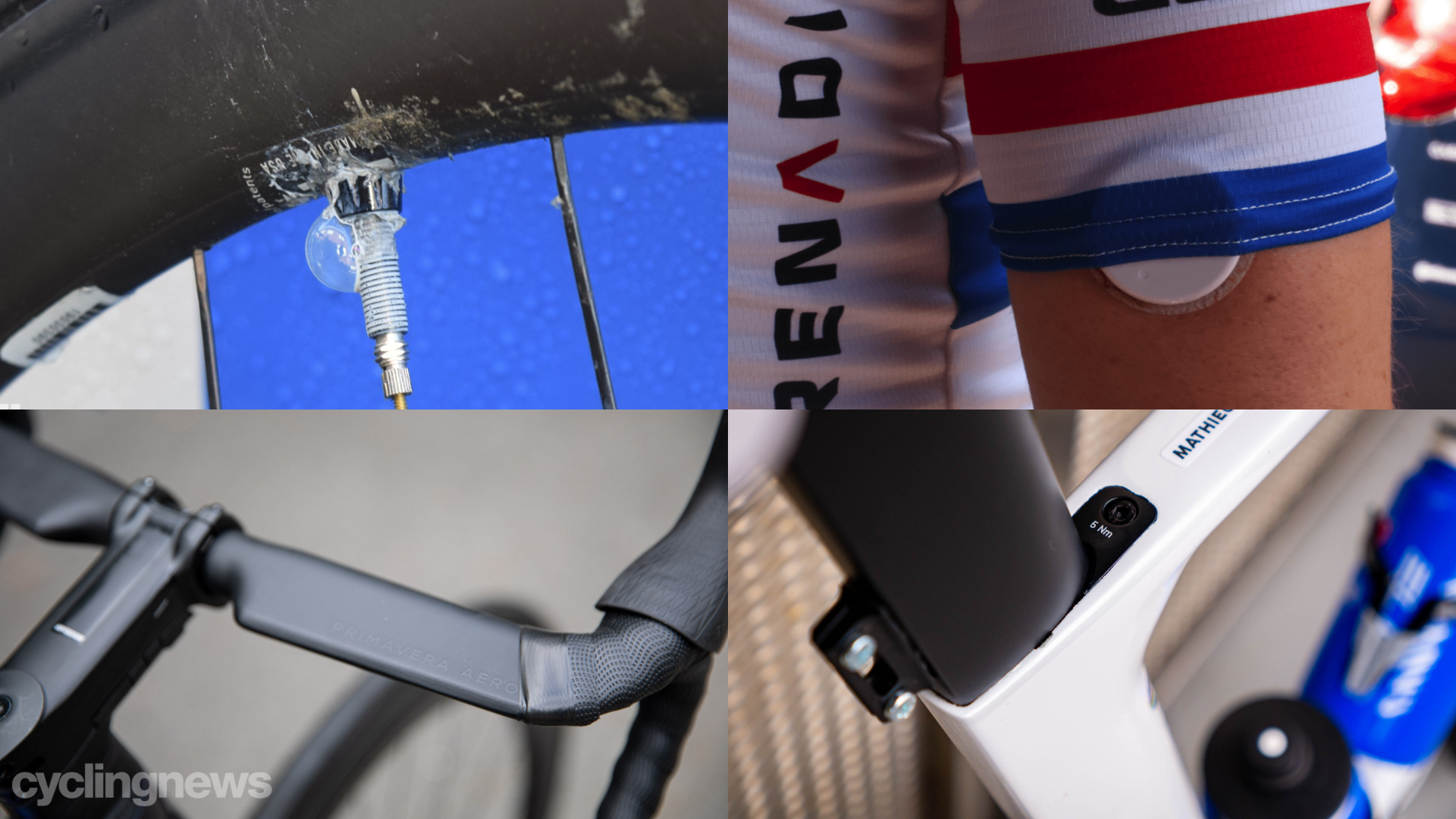
The cycle industry loves to invent new stuff and sell it to us – after all, that’s why it exists. But do we need all this new tech and does it really help make us better cyclists?
Almost all new tech comes with downside somewhere. Usually, it’s more complex to work on than the old stuff and it’s nearly always more expensive, which drives up the cost of buying and maintaining your bike.
So here’s the Luddite’s guide to the cycling tech trends that may be more trouble than they’re worth.
New bottom bracket standards

"The nice thing about standards is that you have so many to choose from; furthermore, if you do not like any of them, you can just wait for next year's model." So said Andrew Tanenbaum. He was talking about computers, but the same applies to bikes in spades.
Top of the list of unwanted trends has to be the urge to invent a new bottom bracket standard every time a new bike is launched.
Once upon a time, all bikes had BSA threaded bottom brackets, or Italian threaded if you were Italian. Pinarello is Italian and so still uses the Italian standard, as it says it’s part of its heritage, but it’s been abandoned by most bike brands.
In its place came BB30, but this was fiddly to insert, so PressFit 30 took its place. And BB86. And BB386 EVO. And BBright. And on and on.
Each had its supposed benefits and real drawbacks, so along came T47, which is both pressed and threaded and designed to unify the standards and broaden compatibility.
It’s not just me who wishes that the tech trend to invent new bottom bracket standards didn’t exist. So does Cannondale, which has reverted to a BSA bottom bracket on its latest generation SuperSix Evo, despite being the one who started the whole thing by inventing PressFit.
Integration
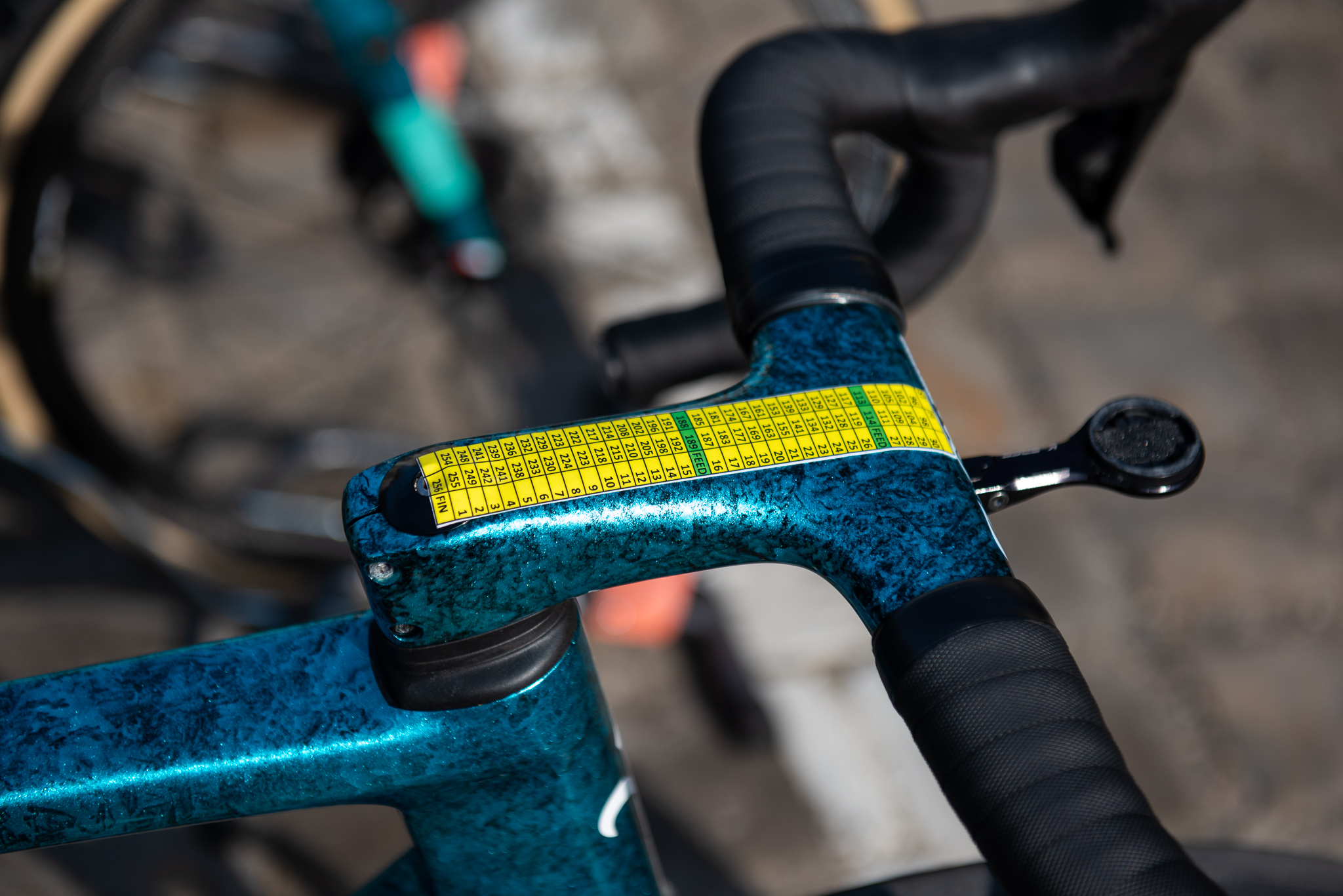
Front end integration, with all the control cables and hoses squirrelled away inside the handlebars and stem, looks super-cool on those pro aero bikes. Bike brands reckon we all need it, and it’s creeping down the bicycle food chain.
It might save you a few watts as well; Pinarello reckons that its internal cables and hoses saved five watts between the Dogma F10 and Dogma F12, but that’s at some pro-level speed that the rest of us – even those riding the latest Dogma F – are unlikely to match for long.
But integration makes maintaining our handlebars much harder than external cabling to the cockpit. Even raising or lowering your stem becomes an ordeal, with sticky cables often making it tricky to remove play in your headset. Once things wear out and need replacing, you’re in for an inflated bill from your bike shop for workshop time.
In fairness, with modern electronic groupsets operating wirelessly, it’s only the hydraulic brake hoses that burrow their way through your headset and tight bends don’t affect their efficiency.
But some systems will let you route mechanical gear and brake cables internally. The sharp routing makes it difficult to keep mechanical cables working effectively, so shifting quality may suffer and cables wear out more quickly than with the sweeping curves of an external cable.
Creeping groupset electrification
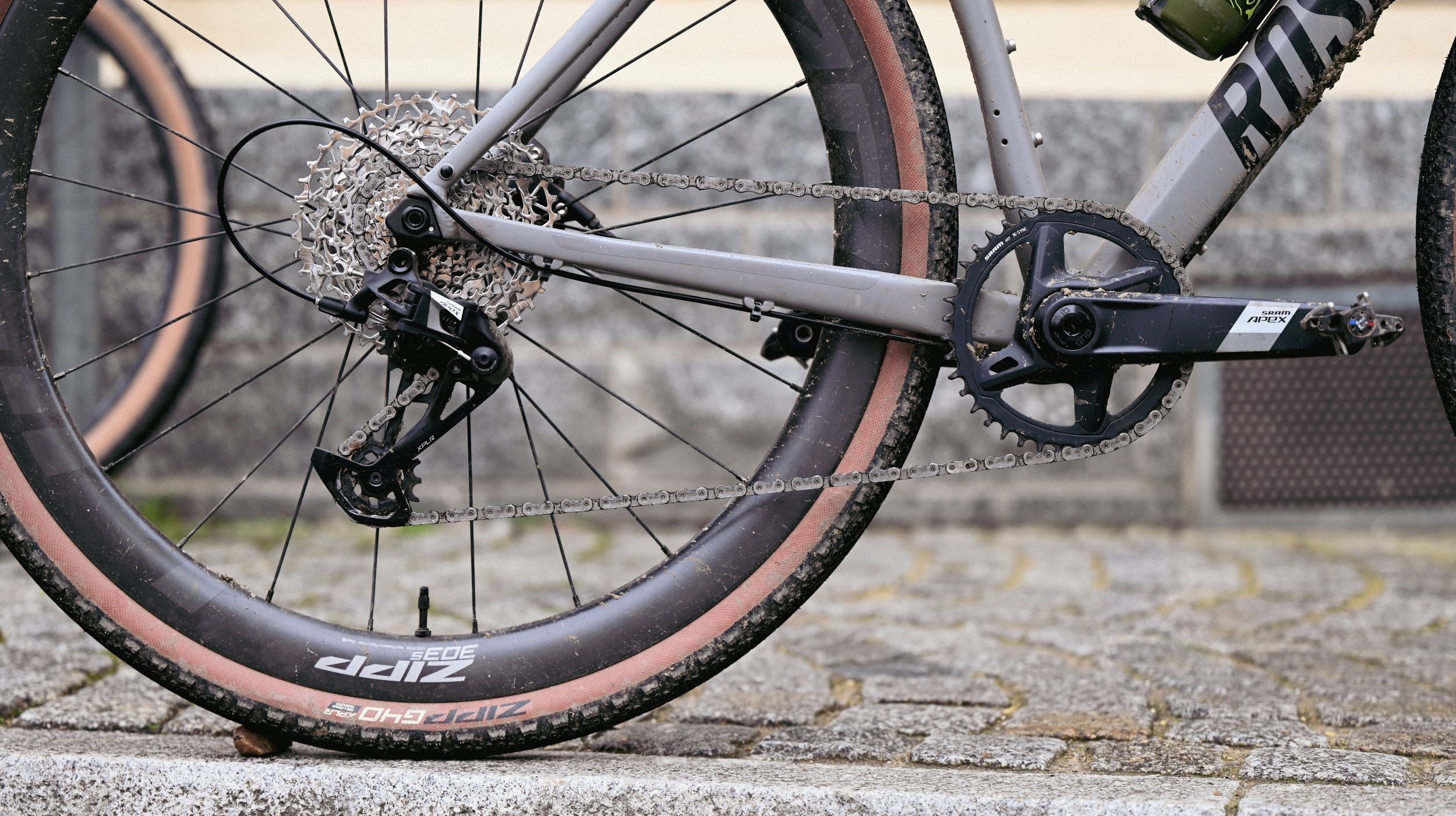
First it was Dura-Ace Di2. Then came Ultegra Di2 and now 105 Di2. Electronic groupsets may be great, and their availability at cheaper price points is a good thing, but I don't want that to replace mechancal options to the point that it means that the price of mid-range bikes goes up and up.
SRAM takes it even further, and has definitely moved away from gear cables. If you want SRAM 12-speed mechanical shifting, that means Apex, which isn’t inexpensive (compared to similar-level groupsets from just a handful of years ago) and puts double cranksets off-limits.
It's one more thing besides lights, GPS, phone and earbuds to remember to charge up before leaving home.
And forget about Campagnolo, which hasn’t upgraded its mechanical systems in years. Although, besides upgrading Super Record to Wireless last year, it's not updated any of its groupsets for a while.
Ever-more freehub standards

Road and gravel bike freehubs are getting ever-more complicated. Once, there was just Shimano/SRAM 11-speed (which replaced Shimano/SRAM 10-speed, which was a little shorter) and Campagnolo.
Now, things are rapidly getting crazy. First there was SRAM XDR, designed to let you fit a cassette with a 10-tooth smallest sprocket. Then came Shimano’s new 12-speed freehub with added splines; at least the Shimano 12-speed cassettes are backward compatible with 11-speed.
At the same time, Campagnolo launched N3W to cater for its 13-speed Ekar gravel groupset with its tiny nine-tooth sprocket. Again, there’s backward compatibility, in this case between wheels with an N3W freehub and 12-speed Campagnolo road cassettes, once you fit an adapter.
But now you can buy SRAM Apex Eagle, which uses MTB spacing, with an MTB chain and cassette. The latter fits on an XD freehub, or an XDR with a spacer.
Meanwhile, Shimano’s latest 1x 12-speed GRX gravel creations also use MTB spacing, along with its Micro Spline freehub body, so you need a different set of wheels.
So we’ve rapidly gone from two freehub standards for roadies/gravellers to seven or eight. It’s getting as bad as bottom brackets.
Tubeless tyres
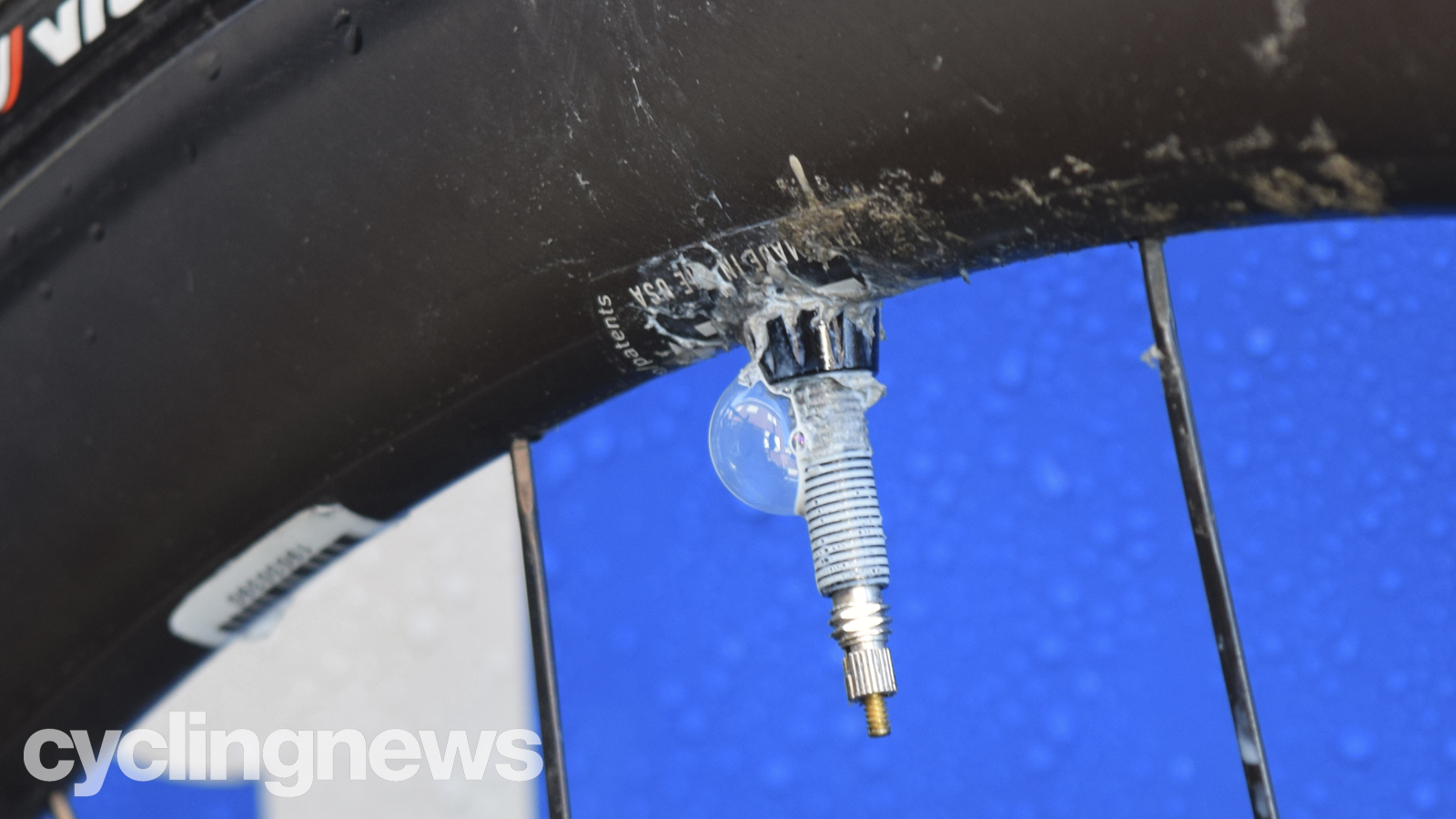
We’ve all read the bike industry’s spiel about the benefits of tubeless: smoother, faster, puncture protected. But in return, there’s the fun of setting up and maintaining tubeless tyres.
Even getting the tyre to seat on the rim is an ordeal to start with, requiring an exhausting burst of pumping or buying an expensive reservoir pump to give you the necessary burst of air. Once it’s there, often there’s a bubbling of sealant from somewhere around the rim or a leak around the valve that needs to be dealt with.
It’s not over once your tyre is fitted and holding air either. At some time in the future, probably in a couple of months, you’re going to need to part-pull the tyre off again to make sure that the sealant hasn’t dried out, top it up and repeat the whole seating rigamarole.
The ability of the sealant to deal with punctures is often illusory too. You’re as likely to get a flat that doesn’t seal, meaning that you need to carry yet more kit to plug the hole or have to fit an inner tube, grappling with the sticky mess of sealant at the side of the road and riding home with it coating your hands.
Hookless rims
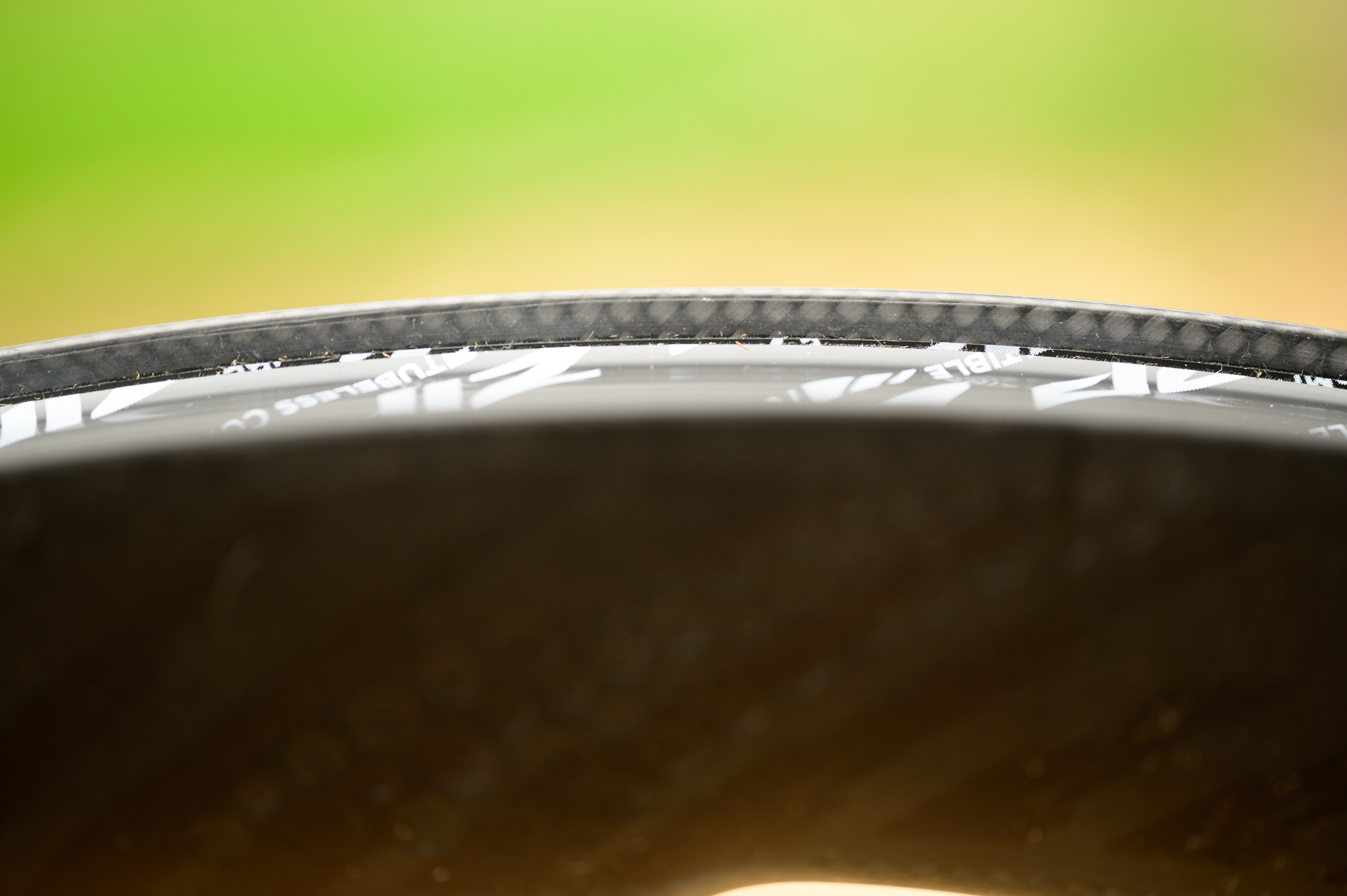
Yet another new-fangled wheel tech. Yes, I know they’re lighter, more aero, etc. But when you need to read and reread the wheelmaker’s website to ensure that the tyre you plan to fit is compatible, it ups the hassle factor over a traditional rim/tyre combination which will always fit reasonably well.
It’s not even just the tyre model that you need to get right, some tyres only work with a given wheelset in specific widths. The ETRTO is doing its best to keep up, but even they have changed their guidance recently.
Then you need to keep your tyre pressure below a certain number, to avoid it blowing off the rim. As pressure increases with temperature, if you live somewhere hot, you need to check your tyre pressure outdoors before you ride, as it might exceed the recommended value once you step out of your air-conditioned home.
Don’t leave your bike in the sun at your coffee stop either, or you could come back to an unsightly mess, especially given the tubeless sealant inside that we've already discussed.
Aero bars
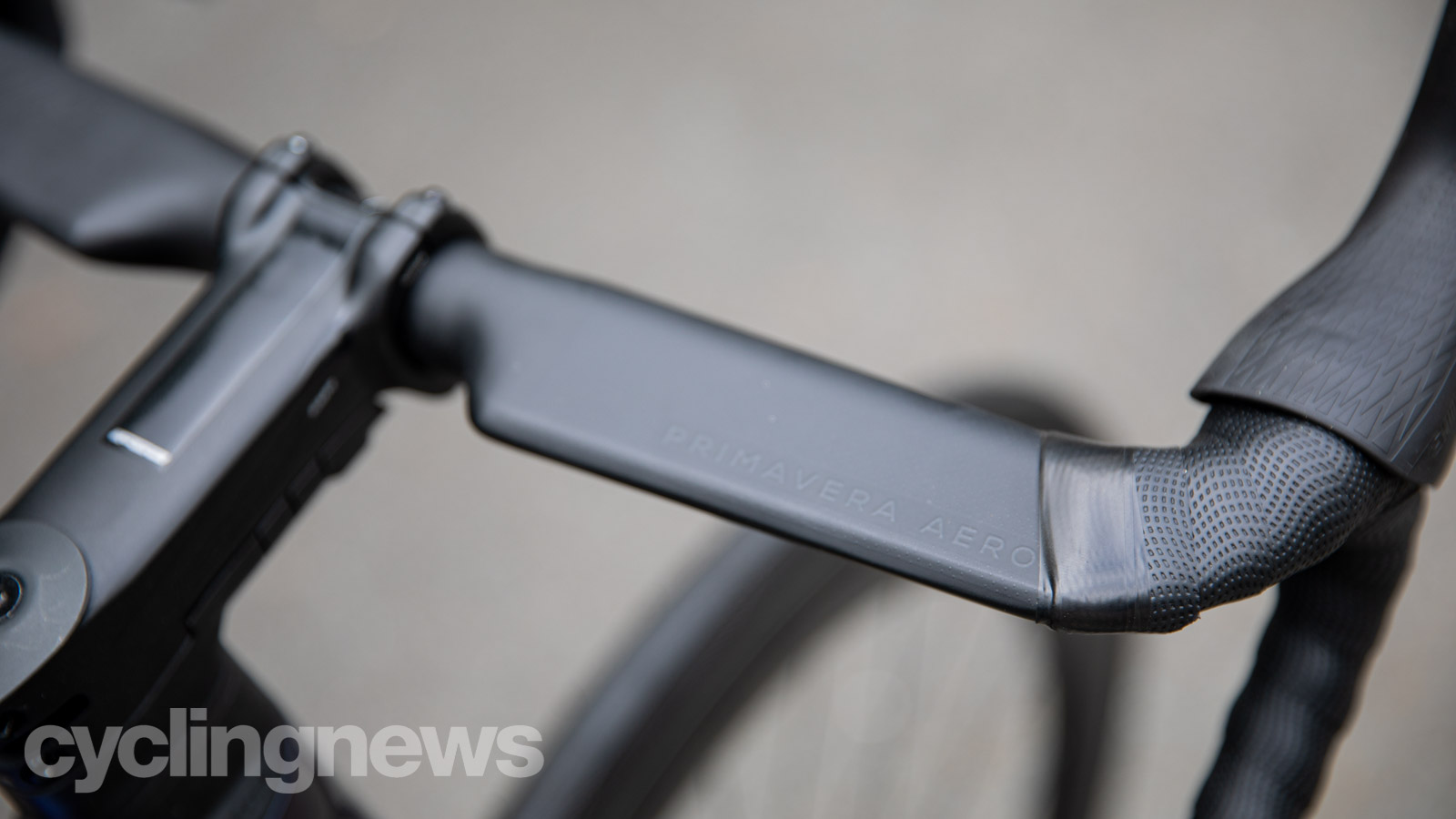
Another pro trend that is permeating to bikes for the rest of us is aero profile bars. Aero means really deep, thin tops. If you like to ride on the tops, these can prove uncomfortable to grip for long periods, particularly if you have smaller hands.
It’s even worse with combined bar/stems, which bring a lack of adjustability to the party, so you can’t alter the bar angle for a more comfortable hold either on the tops or in the drops.
And while we’re at it, what’s with narrower and narrower bars? It’s not long since we were all content to use 42cm bars on mid-sized bikes, but now even 40cm isn’t trendy and you need to ride 38s to be in with the in-crowd.
I get that the pros want to be more aero, but I’d rather be more comfortable and able to steer better. At least the UCI has put the kibosh on turned-in levers.
Flared bars
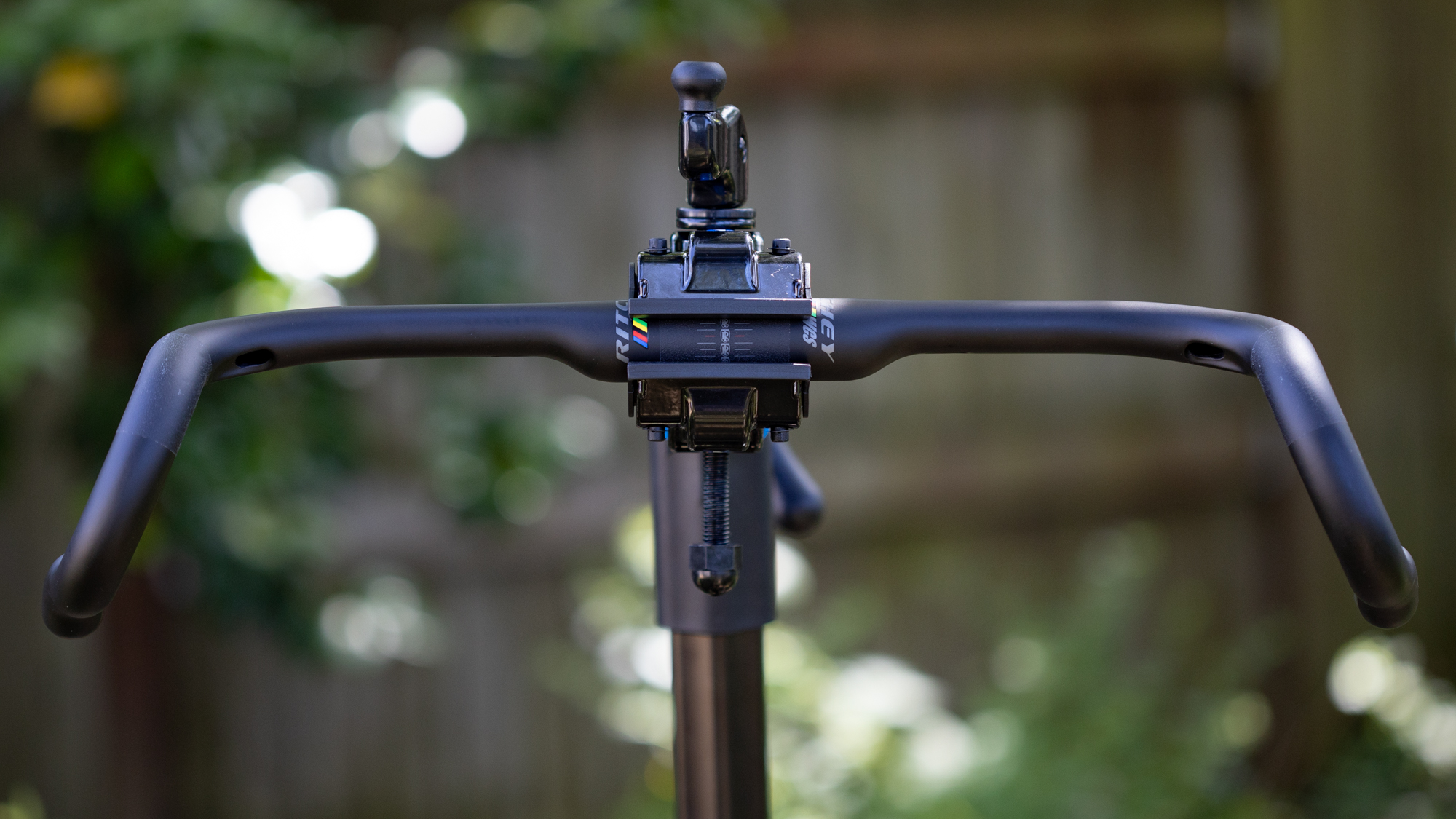
It’s not just narrow aero bars either; wide flared gravel handlebars are a pain – literally. The flare to the drops often puts the levers at a ridiculous angle, so that you’re almost resting on their sides, or at least on the sharp edge between their tops and their sides.
Rather than distributing hand pressure evenly over the soft rubber lever tops, you end up with a hard ridge bashing you between your forefinger and thumb over every bump.
What’s the benefit of having 50cm wide drops anyway? If you can’t control your bike from 44cm wide drops, does the extra 6cm really help? Give me extra comfort when riding on the hoods any day.
Proprietary seatposts
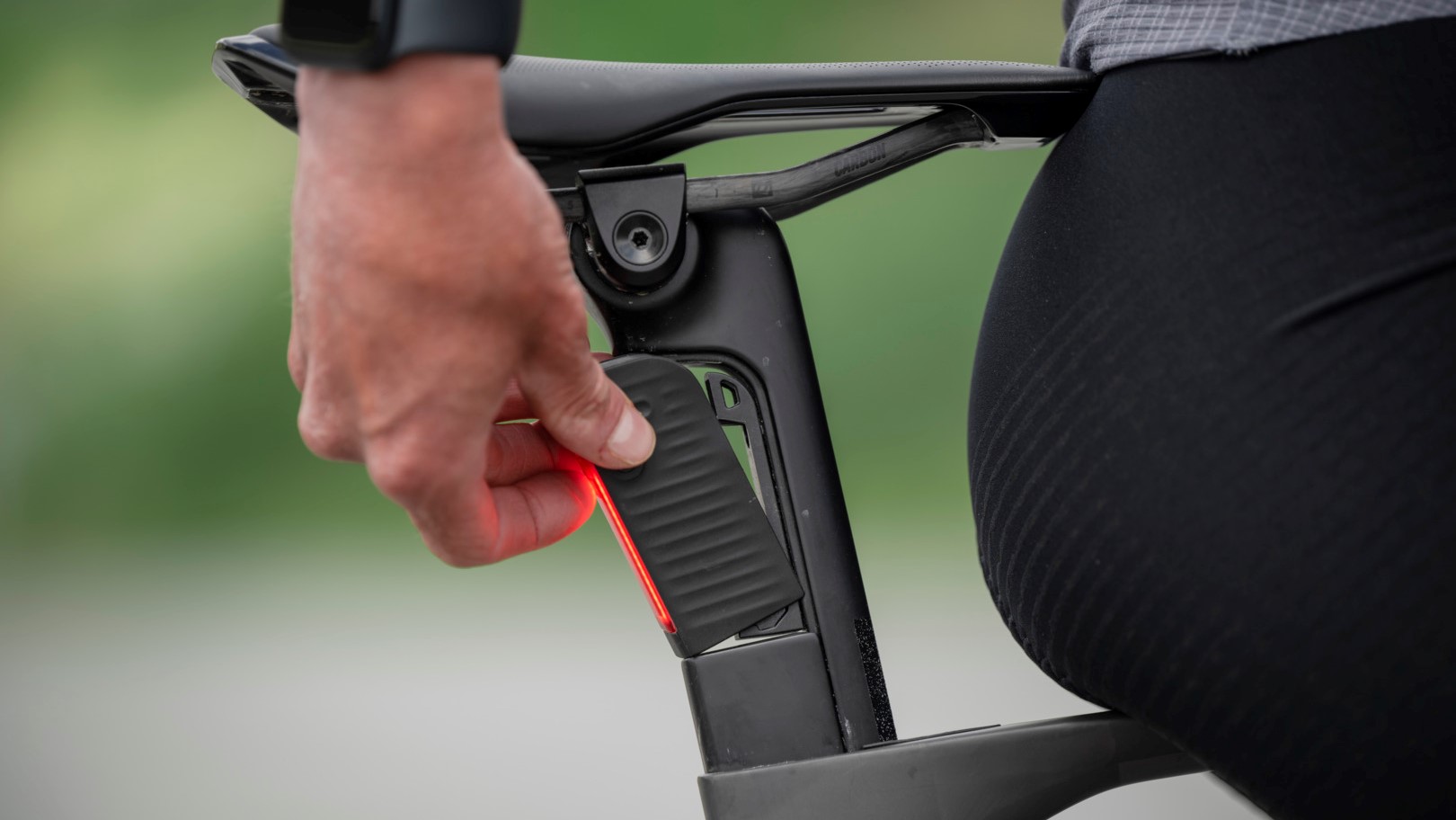
Once upon a time, all seatposts were round. Sure, there were a couple of different widths (not sure why we wanted oversized 31.6mm seatposts, given that most were alloy and rigid as hell anyway, but there you are).
As with bottom brackets, every brand now seems to have its own design, so that you’re stuck with the seatpost that fits your bike, even if it’s over-rigid and uncomfortable. And many aero seatposts are uncomfortable, as the extended tail reduces compliance when you ride over our potholed roads.
So to compensate, the latest crop of aero seatposts often have a chunk chopped out of them: see Merida and Scott, for example. That may add compliance but also worries about robustness.
And forget about seatmasts, which mean that you're limited to who you can sell your bike to.
Proprietary seatpost clamps
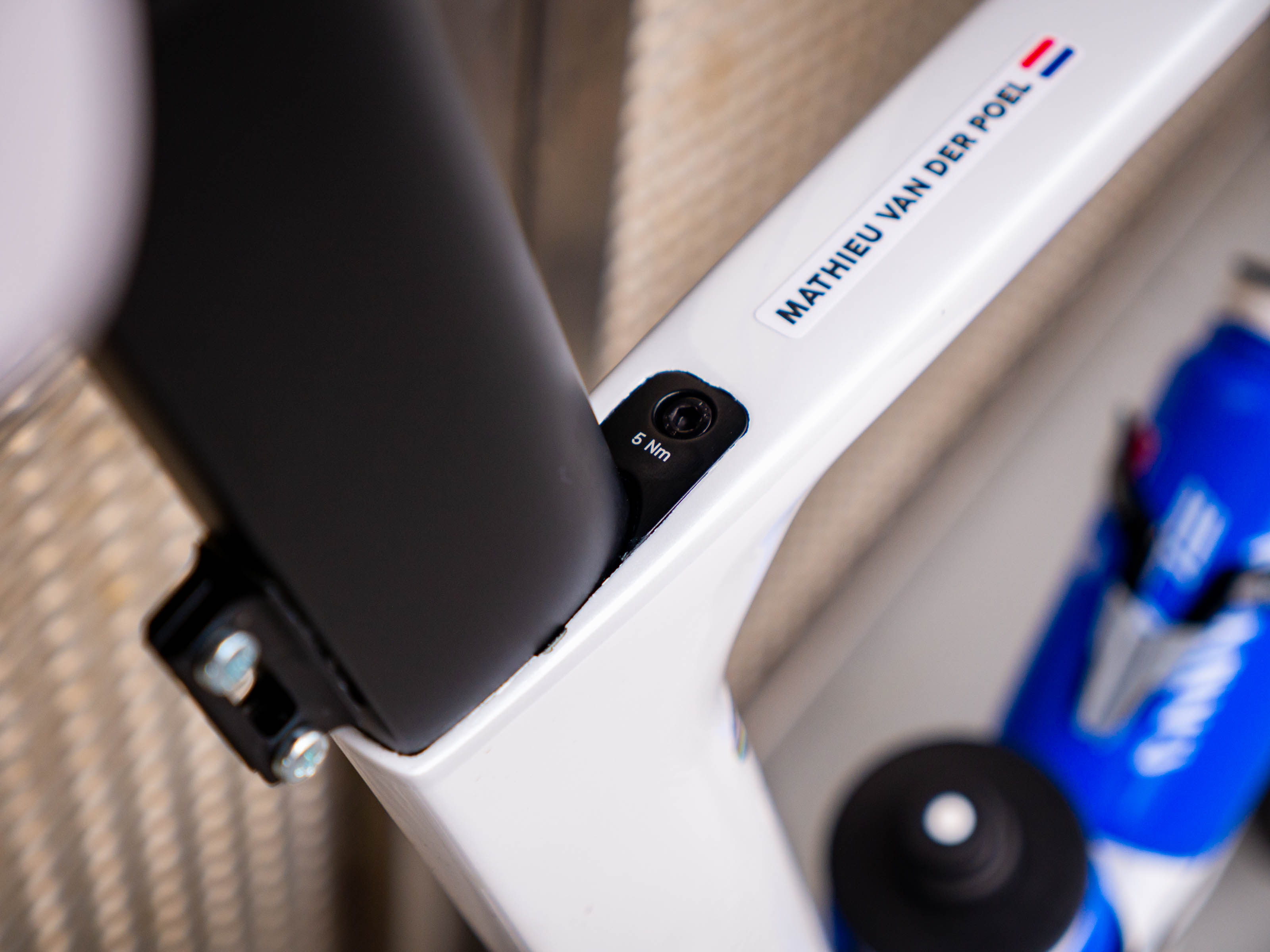
It’s not just the seatposts that are proprietary to a given brand. The clamping mechanism has gone from a band around the top of the seat tube to clamps in the front, back or sides of the frame.
Some work better than others. I’ve had bikes with clamps that absolutely refuse to hold the seatpost in place and have had to be tightened to way over the 5Nm or so that it says on the bolt. In one case, this rounded out the allen key head on a soft alloy bolt, wrecking the clamp. And the seatpost still slipped.
Even Canyon doesn’t seem to have got it right on the Aeroad, moving the clamp from behind the seatpost to the top of the top tube on the latest version, at least for the pros.
Why can’t we have one type of seatpost clamp that just works for everyone?
Indoor cycling apps
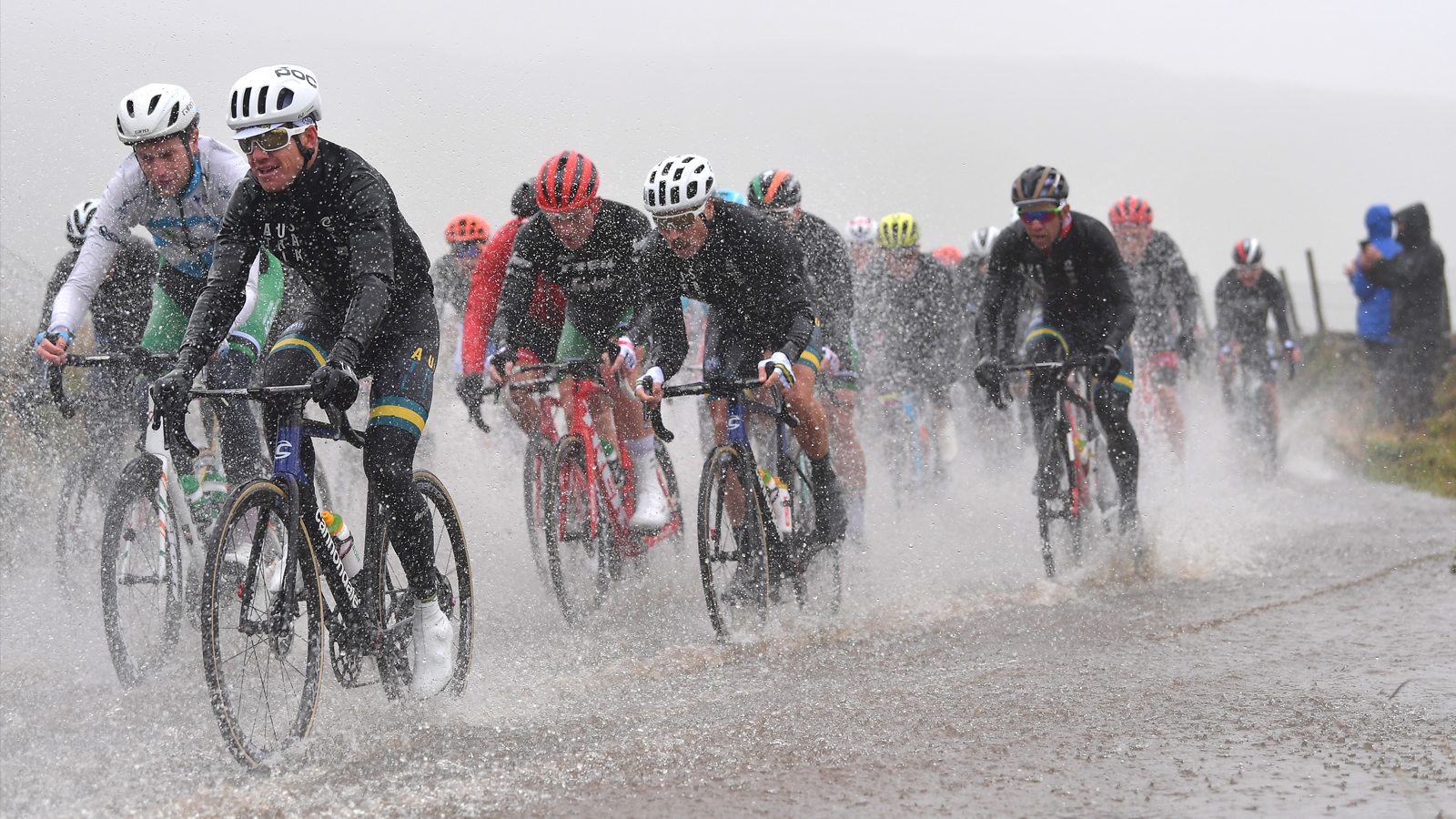
Does anyone ride outdoors any more? Time was, getting fit for summer riding meant all your available daylight hours in the winter (and plenty beyond them) were spent grinding along on your steel steed in rain, wind, snow, hail and frost. It was character-forming.
Now, winter training consists of an hour or two on the turbo, racing someone in Hawaii on Zwift or following a line on TrainerRoad. Sure it's safer, more convenient, more comfortable, offers better structure to training, easier on the wear and tear of your components and more, but where’s the glory in that? I personally prefer the draw of the Sunday morning club run, the sound of a dozen cyclists clipping in simultaneously, the hard-earned coffee and cake at the halfway cafe, the satisfaction of having seen the sunrise, the inane chat with clubmates and the rest of Sunday on the sofa knowing you've put in a good shift.
Instrumented everything
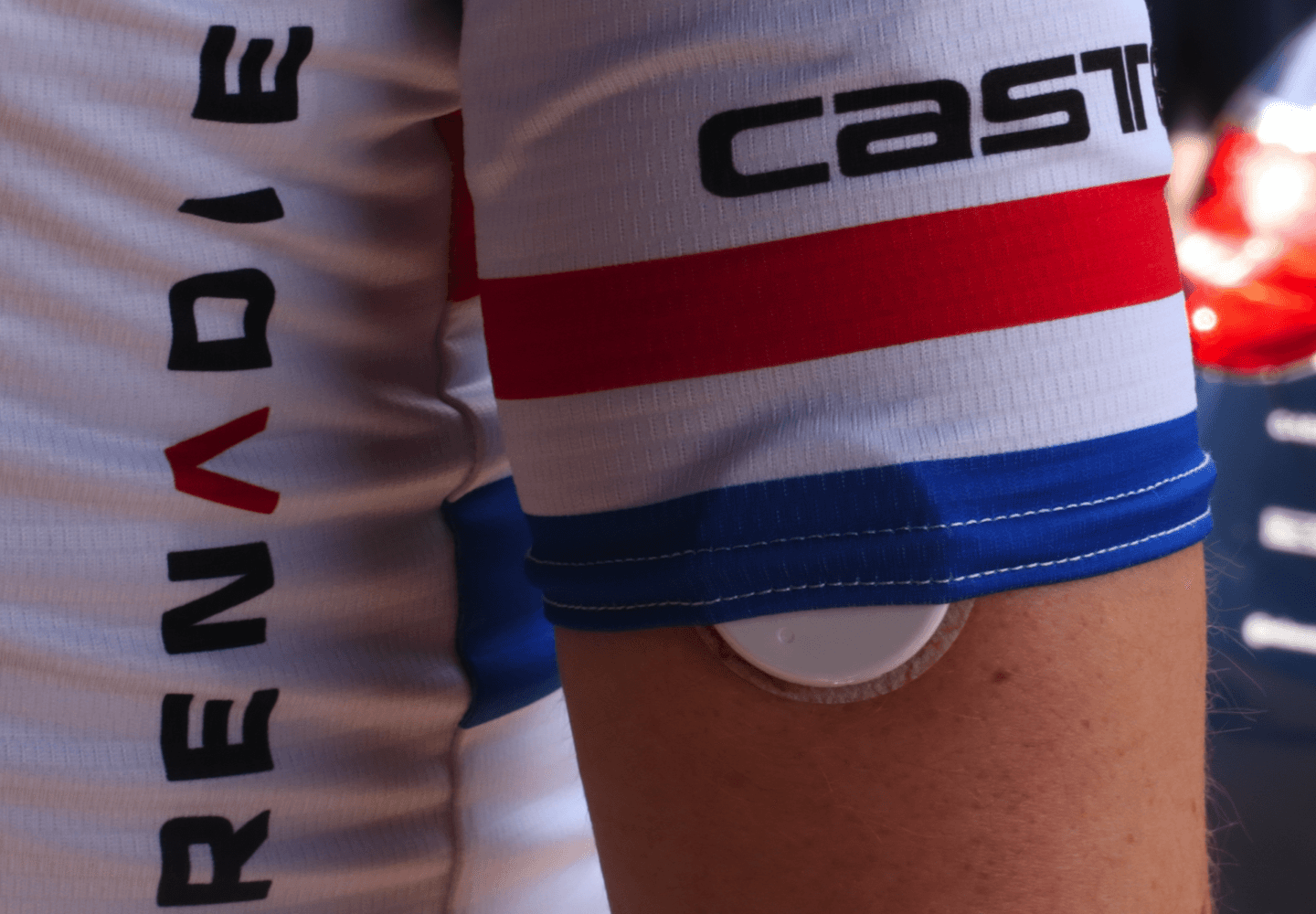
We’re hooked up to more and more electronics when we ride. It started with heart rate monitors. Then came GPS and power meters. Now you can track your blood glucose (unless you’re a pro in a race) and core temperature as you ride. There's talk of continuous lactate monitors on the way too.
Once you stop, your smartwatch will track how well you’ve recovered, how you slept, your stress level and your heart rate variability. If you head to altitude, it will assess how well you’re adapting. You can sleep in an altitude tent if you want to increase your oxygen uptake without heading to Mount Teide.
Your training app will keep tabs on whether you’re under or over-training and nag you if you miss a session. Your scales can measure not just your weight, but your body fat, water content and muscle mass.
What’s wrong with Fausto Coppi’s ride, ride, ride maxim?
Does any of this matter for Joe Average?
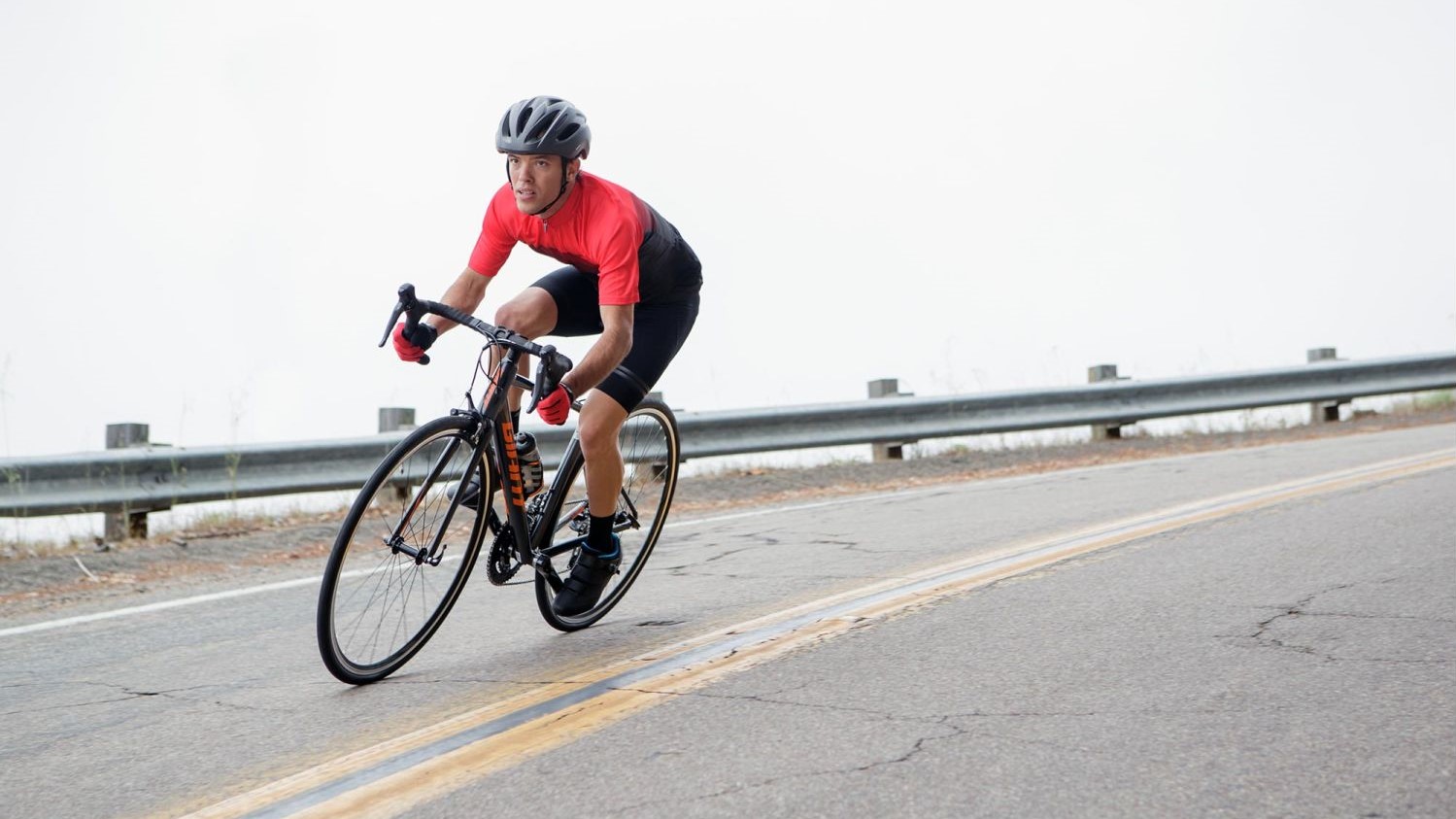
I absolutely get it for the pros. The obsession with marginal gains, ever since Team Sky came up with the concept, has allowed them to ride faster for longer. The overall average speed for winners of the Tour de France has crept up steadily year-on-year, presumably due to these gains, even if there was a blip upwards thanks to other interventions in the Armstrong years.
If the pros have it, there’s a natural trickle-down to amateur riders. But for the Weekend Warrior, heading out for a few hours on a Sunday morning and not riding at Vingegaard’s 42kph average speed in the 2022 Tour, do these go-faster enhancements really matter? Give me a cheaper, simpler-to-work-on bike any day.







